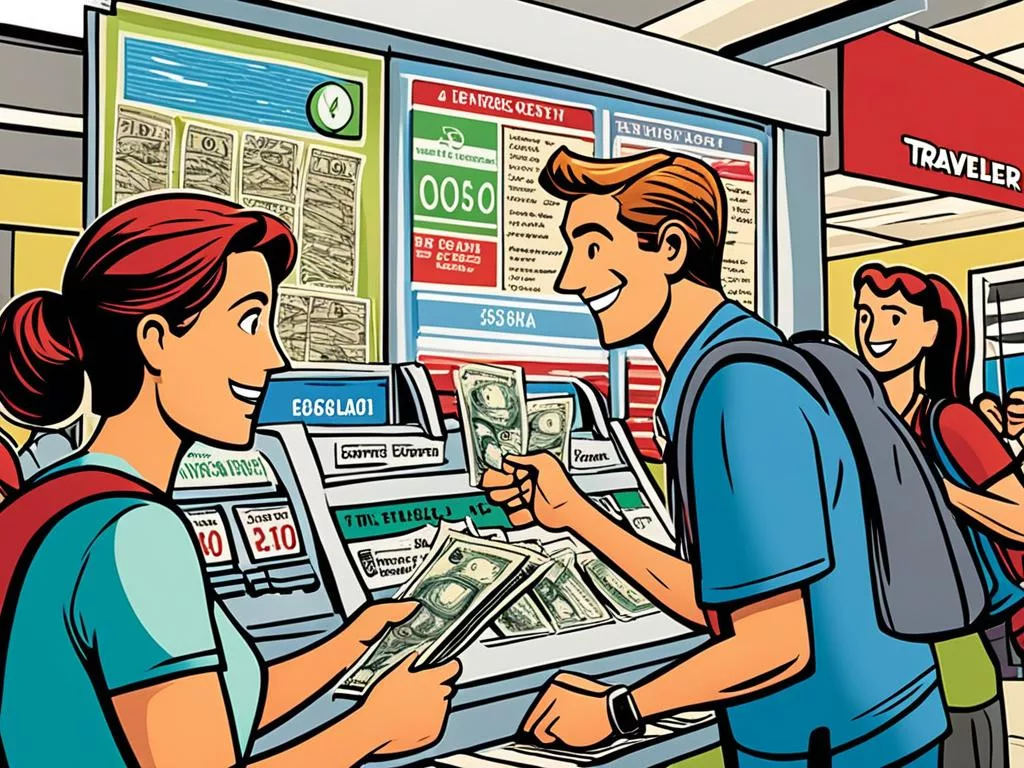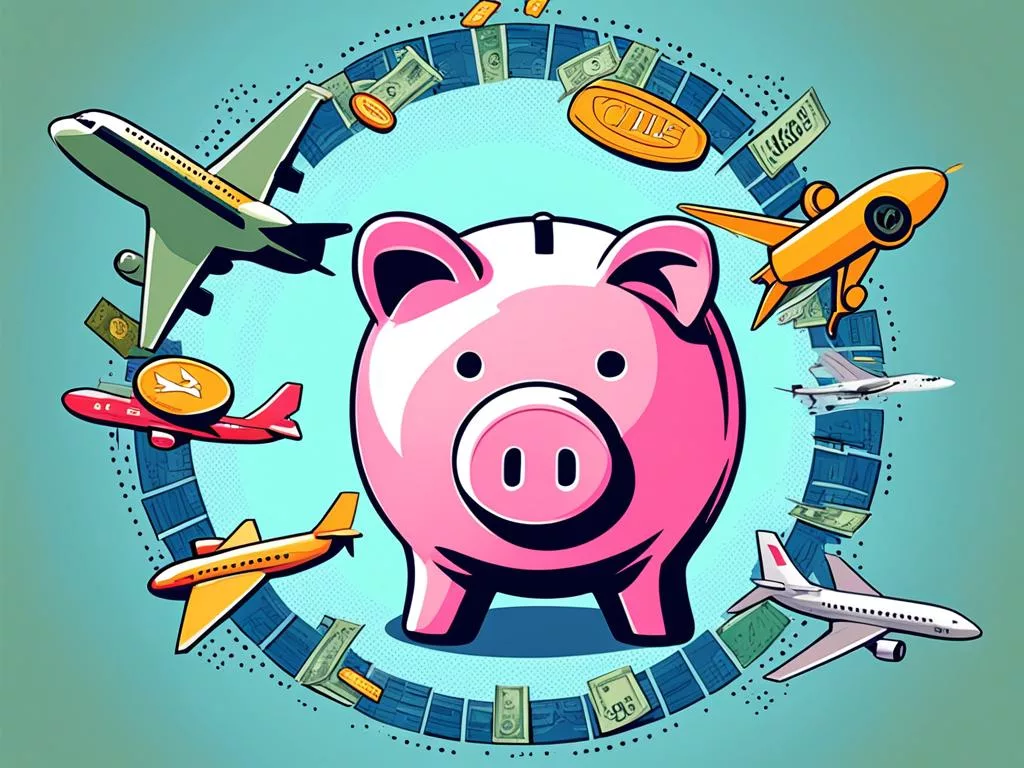When planning my trips around the world, I look for ways to save on money exchanges1. Carrying around $100 in U.S. bucks for start-up costs is smart, some experts say. It’s enough to meet your first needs1. Knowing the local money and getting some before you leave helps avoid problems1.
Tackling international payments can be tricky; not all shops take cards for small buys1. I think about using a travel card to dodge extra fees. It helps stick to my spending plan13. Also, options like PayPal and Google Pay are handy and common in some places1.
.
Understanding the Costs of International Money Transfer
Exploring international finance shows us how money exchange for travel works. Imagine landing in a new country, needing cash. You see charges for ATM withdrawals abroad, including fees up to $5 plus extra bank fees and exchange rate markups2. Still, this might be cheaper than the high costs at exchange offices.
- Choose neobanks or fintech solutions like Revolut, N26, or Wise for travel cards without foreign transaction fees.
- Look at traditional banks like Charles Schwab that offer free overseas ATM withdrawals.
Understanding international money transfer fees lets you save money. Knowing about exchange rates and local ATMs helps plan better, reducing costs. Be cautious of dynamic currency conversion at ATMs, as it raises fees significantly.
| ATM Withdrawal Fee | Additional Bank Charges | Exchange Rate Margin |
|---|---|---|
| $2.00 – $5.00 | Varies by bank | Varies by currency |
Focusing on neobanks and fintech, these modern choices save money for travelers. These options provide a cost-effective way to access funds abroad.
Talking about exchange rates, it’s important to understand market trends. The telecom sector, for instance, shows promise with recent growth indicators.

Companies like Inseego Corp. (INSG) and Vonage Holdings Corp. (VG) indicate stability and growth in the telecom sector2. This suggests a possibly significant upward trend for telecom in the future2.
In conclusion, wise travelers use modern financial tools and stay updated on market trends. This helps avoid high international money transfer fees.
Guide to Cheapest Way to Take Money Abroad
Before you travel internationally, figuring out how to manage money is key. It’s important to know how to avoid big fees. Here’s a guide to help you find cheaper ways to handle money abroad.
Carrying a little cash, like $100, is smart for immediate needs, and avoids high fees. For more cost-effective access to your money, look to certain banks and fintechs. Charles Schwab’s account and USAA make cash withdrawals abroad easy and less costly134.
Using checks abroad is often expensive and inconvenient1. Instead, try online platforms like Wise and Revolut. They offer good rates and low fees for overseas ATM use3. These services let you manage money across countries while saving on fees.
- Avoid U.S. debit cards without EMV chips in some regions where they’re not accepted1.
- For easy transactions in Europe, use credit cards with chip-and-PIN technology1.
- To reduce fees, withdraw larger amounts less often4.
- Use ATMs from banks that partner with your bank to cut down on fees3.
When using an ATM abroad, always choose the local currency for a better rate4. Getting cash back with a debit card can also dodge extra fees4. Knowing when and how to use your cards is the trick.
While PayPal and Apple Pay are popular in some places, smart ATM use can save you the most13. It’s all about choosing the right bank and card for traveling. This strategy helps travelers save money globally.

Global travel finance is changing towards more tech-based solutions. My search for cheap ways to get money abroad has shown many options. The goal is to pick flexibly, making every transaction add to your journey.
Budget-Friendly Currency Exchange for Travel
Planning my trips, I’ve learned the importance of knowing foreign transaction fees. This knowledge helps prevent high costs abroad. Currency exchanges often add a small fee and a bid-ask spread5. Fortunately, some banks offer multi-currency cards with low fees, perfect for cashless travel5.
My strategy has evolved. Initially, I changed money at airports, which was expensive. Now I know city banks offer better rates5. Credit cards are usually cheaper for global spending than currency exchanges, due to lower fees5.
For my next trips, I plan to be careful with currency exchanges. I’ll learn about local rates and use options without big fees. I’ll tell my bank about my travel plans, use cards without transaction fees, and skip old methods like traveler’s checks.
Source Links
- https://www.northwestern.edu/abroad/money-matters/money-management/accessing-money-abroad.html
- https://www.investopedia.com/best-international-money-transfer-apps-5071391
- https://www.monito.com/en/wiki/cheapest-way-to-get-cash-abroad
- https://www.nerdwallet.com/article/travel/international-atm-fees
- https://www.investopedia.com/terms/c/currency-exchange.asp

